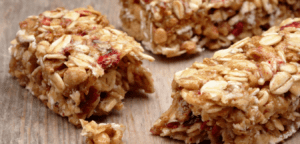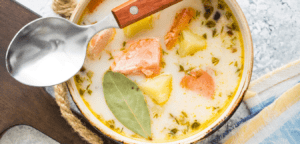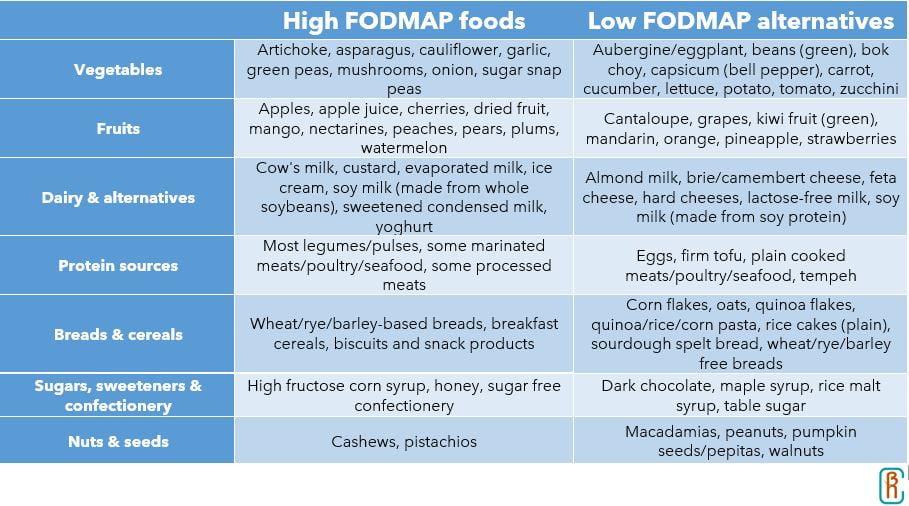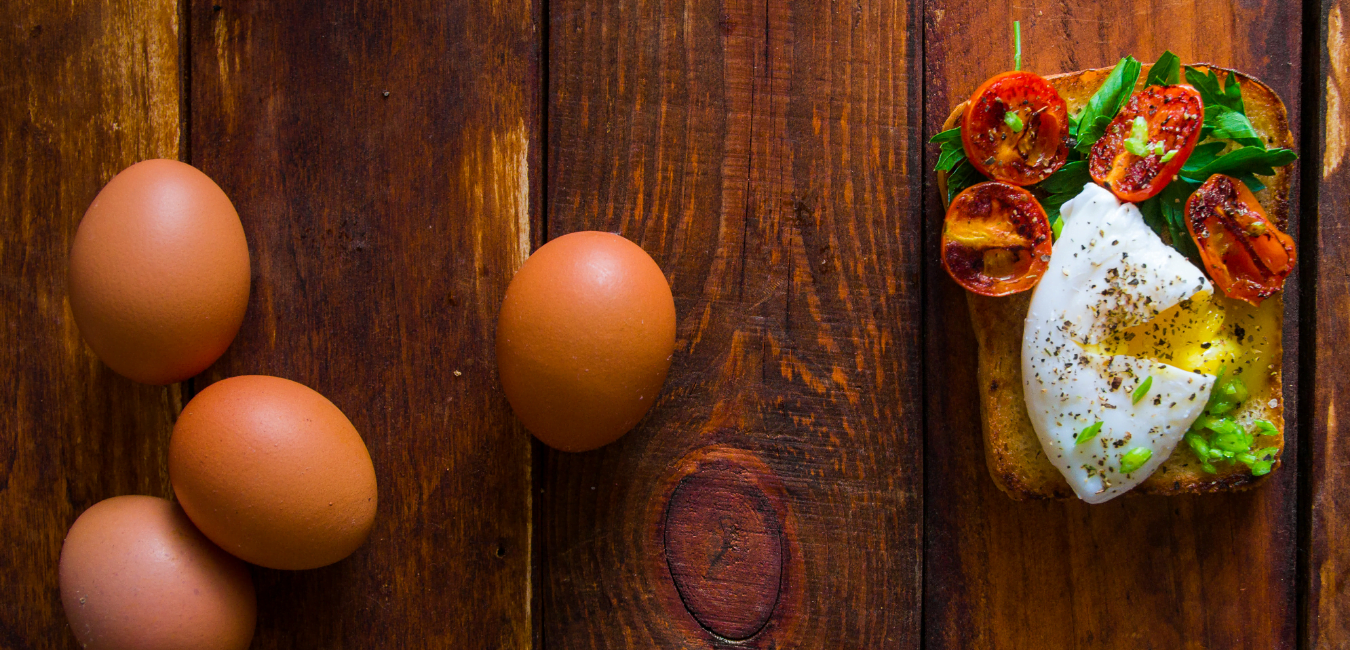What is FODMAP?
FODMAP stands for Fermentable Oligosaccharides, Disaccharides, Monosaccharides and Polyols, which are short-chain carbohydrates (sugars) that the small intestine absorbs poorly. Instead of being absorbed into your bloodstream, they reach the far end of your intestine where most of your gut bacteria reside.They ferment in the large intestine (bowel) during digestion, drawing in water and producing carbon dioxide, hydrogen, and methane gas that causes the intestine to expand. This causes GI symptoms such as bloating and pain that are common in disorders like IBS.
SYMPTOMS
- Cramping
- Diarrhea
- Constipation
- Stomach bloating
- Gas and flatulence
DIETARY SOURCES
The main dietary sources of the four groups of FODMAPs include:
- Oligosaccharides: Wheat, rye, legumes and various fruits and vegetables, such as garlic and onions.
- Disaccharides: Milk, yogurt and soft cheese. Lactose is the main carb.
- Monosaccharides: Various fruit including figs and mangoes, and sweeteners such as honey and agave nectar. Fructose is the main carb.
- Polyols: Certain fruits and vegetables including blackberries and lychee, as well as some low-calorie sweeteners like those in sugar-free gum.
Put more simply, FODMAPs are certain types of carbohydrates — the sugars, starches, and fiber in foods.
What Is a Low-FODMAP Diet?
A low FODMAP diet cuts out many common products that contain certain foods. The principle behind the diet is to give the gut a chance to heal, especially if you have GI problems like IBS.
Who should try it?
The low FODMAP diet is part of the therapy for those with IBS and SIBO.
Benefits of a Low-FODMAP Diet
- Have fewer digestive symptoms, like gas, bloating, diarrhea, stomach pain and constipation
- Manage your IBS symptoms without taking medicine
- Improve your quality of life
How to Follow a Low-FODMAP Diet?
A low-FODMAP diet is more complex than you may think and involves three stages.
Stage 1: Restriction – This stage involves strict avoidance of all high-FODMAP foods.
Stage 2: Reintroduction – This stage involves systematically reintroducing high-FODMAP foods.
Stage 3: Personalization – This stage is to figure out what foods trigger your digestive problems and create a diet that gives you all the nutrients you need but includes only the FODMAPs you can handle.
Sample Low-FODMAP Shopping List
- Protein: Beef, chicken, eggs, fish, lamb, pork, prawns and tofu
- Whole grains: Brown rice, buckwheat, maize, millet, oats and quinoa
- Fruit: Bananas, blueberries, kiwi, limes, mandarins, oranges, papaya, pineapple, rhubarb and strawberries
- Vegetables: Bean sprouts, bell peppers, carrots, choy sum, eggplant, kale, tomatoes, spinach and zucchini
- Nuts: Almonds (no more than 10 per sitting), macadamia nuts, peanuts, pecans, pine nuts and walnuts
- Seeds: Linseeds, pumpkin, sesame and sunflower
- Dairy: Cheddar cheese, lactose-free milk and Parmesan cheese
- Oils: Coconut oil and olive oil
- Beverages: Black tea, coffee, green tea, peppermint tea, water and white tea
- Condiments: Basil, chili, ginger, mustard, pepper, salt, white rice vinegar and wasabi powder
Foods high in FODMAPs
- Fruits: Apples, applesauce, apricots, blackberries, boysenberries, cherries, canned fruit, dates, figs, pears, peaches, watermelon
- Sweeteners: Fructose, honey, high fructose corn syrup, xylitol, mannitol, maltitol, sorbitol
- Dairy products: Milk (from cows, goats and sheep), ice cream, most yogurts, sour cream, soft and fresh cheeses (cottage, ricotta, etc) and whey protein supplements
- Vegetables: Artichokes, asparagus, broccoli, beetroot, Brussels sprouts, cabbage, cauliflower, garlic, fennel, leeks, mushrooms, okra, onions, peas, shallots
- Legumes: Beans, chickpeas, lentils, red kidney beans, baked beans, soybeans
- Wheat: Bread, pasta, most breakfast cereals, tortillas, waffles, pancakes, crackers, biscuits
- Other grains: Barley and rye
- Beverages: Beer, fortified wines, soft drinks with high-fructose corn syrup, milk, soy milk, fruit juices
RECIPES

- VEGAN LOW FODMAP FRUIT CRUMBLE BARS
Ingredients
- 1 1/2 cups (149 g) gluten-free rolled oats
- 1 1/2 cups (180 g) brown rice flour
- 1/3 cup (45 g) tapioca starch
- 1 1/4 cups (267 g) firmly packed light brown sugar
- ½ teaspoon kosher salt
- ½ teaspoon baking soda
- ½ cup (57 g) chopped walnuts
- ½ teaspoon ground cinnamon
- ¾ cup (180 ml) melted coconut oil; I suggest refined
- ¾ cup (216 g) strawberry preserves
- 1 cup (125 g) fresh or frozen blueberries
- 1 cup (166 g) fresh or frozen sliced strawberries
Preparation
- Preheat the oven to 375°F (190°C). Line a 9 x 9-inch (23 cm by 23 cm) pan with foil. Spray the foil with baking spray and line the foil with parchment, cut to fit the size of the pan with a 1-inch (2.5 cm) overhang on all sides. The layer of foil will allow you to lift the bars out of the pan cleanly and the parchment will keep the bars from sticking to the foil.
- Put rolled oats, brown rice flour, tapioca starch, brown sugar, salt, baking soda, walnuts, and cinnamon in a large bowl. Toss with your hands or a wooden spoon to combine. Add coconut oil and mix, using your hands or a wooden spoon, until the crumble mixture holds together in large clumps.
- Spread two thirds of the crumble mixture in the bottom of the pan and press down firmly to create an even layer, making sure the mixture reaches into the corners as well. Spread the fruit preserves over the crust, leaving half (12 mm) of space around the edges. Scatter the berries over the jam. Sprinkle with the remaining crumble, leaving space so that the berries show through.
- Bake for 40–45 minutes, rotating between upper and lower oven racks halfway through baking, until the bars are golden brown, and the berries are bubbling. Allow to cool completely in the pan before transferring to the refrigerator to chill for at least 2 hours before cutting into 12 bars.

- SALMON CHOWDER
Ingredients
- 2 tablespoons Low FODMAP Onion-Infused Oil or extra-virgin olive oil
- 1 cup (64 g) chopped scallions, green parts only
- ½ cup (36 g) finely chopped leeks, green parts only
- 4 cups (960 ml) Ultra High Temperature (UHT) unsweetened coconut milk
- 2 cups (480 ml) low FODMAP stock – fish (clam) or chicken
- 1- pound (455 g) celeriac, peeled and cut into large dice
- 1- pound (455 g) Yukon gold potatoes, peeled and cut into large dice
- 3 medium carrots, trimmed, peeled and cut crosswise into half inch rounds
- 1 bay leaf
- ½ teaspoon dried thyme
- 1- pound (455 g) skinned salmon, preferably Atlantic, cut into large chunks
- Kosher salt
- Freshly ground black pepper
Preparation
- Heat oil in a large soup pot or Dutch oven over low-medium heat until shimmering. Add scallion and leek greens and sauté until softened but not browned, just a few minutes, then add coconut milk, stock, celeriac and potato dice, carrots, bay leaf and thyme and stir everything together well. Bring to a simmer and cook until celeriac and potatoes are tender, about 10 minutes.
- Add the fish and continue to simmer until fish is opaque and cooked through; this will be about 5 minutes. Taste and season with salt and pepper; serve immediately.

